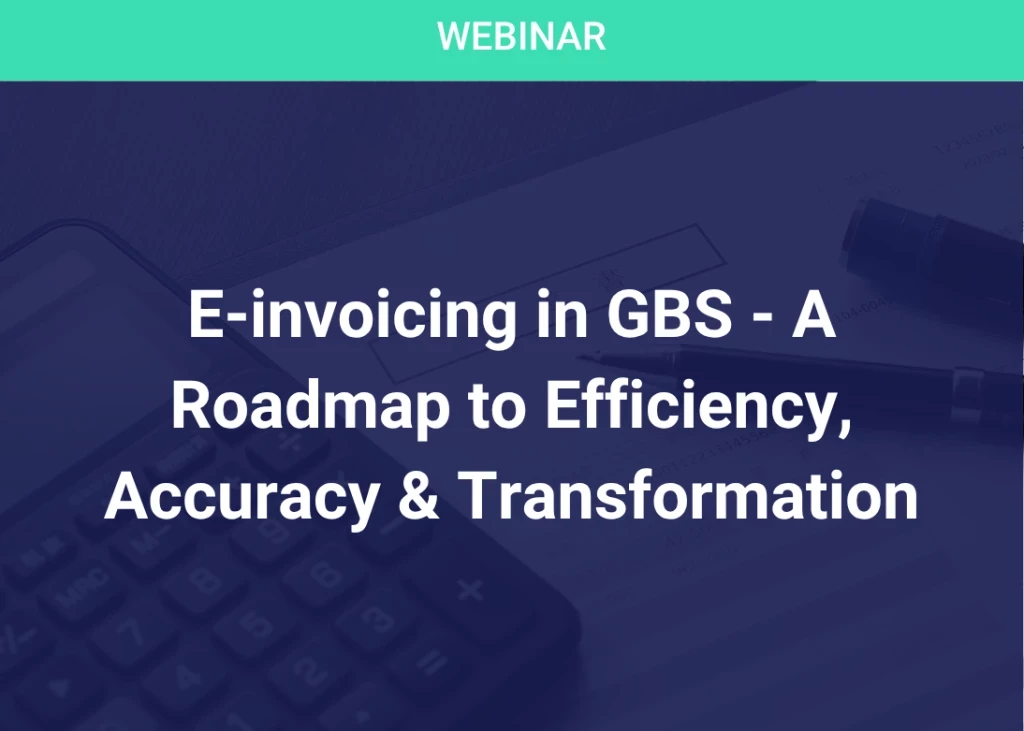HR Change Board & Governance
Add bookmarkFirst published in Shared Services News: Volume 12 Issue 5 July 2009
Diverse Businesses ... Common Problems
The Co-operative Group is made up of a diverse set of businesses ranging from food retail through to travel, pharmacy and funerals. Employing over 100,000 colleagues, the Group turns over £10Bn per annum. The HR function has to support this diverse set of businesses with their individual needs as well as manage the overall People agenda for the Group. This normally busy schedule has been further complicated in 2009 by the recent acquisition of the Somerfield food retail business made up of 35,000 additional colleagues. This in itself has led to a considerable people integration challenge with an increased focus from the business on great HR program delivery. Coupled with the overall People Services vision and the associated change agenda this brings to the Group (see previous article written by Gary Booth Head of People Services, Co-operative Group), it leads to arguably the largest HR transformation in the UK at present.
Historically, however, the HR function has not been celebrated for its seamless approach to project delivery and this has led to the function falling foul to some common problems:
- Diverse businesses lead to risk of duplication of project effort
- More dominant businesses take a lead over Group strategy where this is deemed weak or inadequate to their needs
HR Projects are sanctioned without an overall visibility of delivery. There is no central project team to deliver projects; HR managers are left to deliver projects to varying degrees of success on top of their day job.
During 2009, several initiatives were launched within the function to tackle these deep seated problems. A key aspect was to put in place an HR Governance Team with a clear agenda to evolve and focus the HR change agenda.
GOVERNANCE FRAMEWORK
The Governance framework was based on a four-point plan and the HR Change Board. The plan consisted of the following:
- Understand the current HR project portfolio and delivery targets, including the associated HR project resource available across the Group. Develop a baseline position of a single version of the HR change portfolio
- Launch the HR Leadership Team (HRLT) Change Board and effectively communicate its remit
- Develop an approach for future project sanction ensuring its strategic fit and the monitoring of approved projects
- Re-invent the satellite forums and meetings within the function to be compatible with the new approach
The Governance Framework In detail:
1.Current workload and resource
The first quick win for the Governance team was to establish exactly which HR projects were out in the businesses and within the corporate center. This was established through a series of one-to-one interviews with the HRLT and workshops with the HR Business Partners.
The results threw up a whole host of surprises in terms of the sheer volume of projects the HR function was trying to take on and the duplication that existed within the businesses, with several running projects bearing the same title but with differing scope.
In addition to capturing the project names, timeframes and leading project managers were recorded. This lead to further debate on the demands and stretch of key resources, and whether we were taking on too much with too little resource. This was fed into future considerations on the sanction of projects going forward (see section 3 below).
The project portfolio itself was split into four layers to aid the understanding of what was being delivered:
- Transformational HR sponsored projects directly linked to the strategic objectives of the function.
- Transformational projects not led by HR but with a significant HR impact. An example of this is the Somerfield integration.
- Business as Usual. Recognition that any HR Leadership Team Change Board decision must take into account the impact of recurring HR workloads (e.g. performance management, bonus and pay awards) on the timing of other change HR can effectively support
- Other projects. This final layer was called "the function’s room for manoeuvre," meaning: after the first three layers have been resourced and agreed—what capacity is left to complete other projects? The latter are themselves split into two categories: truly optional, and those imposed on the function by the Group, such as through minor acquisitions or legislative changes. A varying degree of choice is available on the timing of these projects, dependent on internal or external drivers.
Once the overall project portfolio was established it was signed off by each of the HRLT members and made visible to the function. Importantly, this document was baselined and owned by the Governance team to ensure accurate version control. This is a vital aspect of the Governance plan and ensures that all projects committed to are well-understood and no additional projects get through the back door. The simple rule was that "if it’s not on the committed project list, it’s not sanctioned".
2. Launch the HRLT Change Board
As soon as a single version of the project activity had been established it was imperative that this was not seen as a one-off exercise but that it would form the basis of the function moving forward, with a joined up and strategically aligned approach. There needed to be a forum of significant seniority within the function that would have overall responsibility for overseeing the change agenda and ensuring it was fit for purpose. After discussions with the Group HR Director it was agreed that a new forum would be put in place to supercede the existing HRLT meetings. This was another important step in ensuring the function understood senior mangement’s focus on the change agenda and the controls around it.
- The HRLT Change Board was launched with the following guiding principles:
- Provide vision and leadershipand set the change agenda across HR function
- Monitor and maintain balance and alignment for HR supported change in line with Group and HR strategy
- Ensure compliancewith Group standards and governance
- Role model HR as a connected collaborative high performing team, within HR and across the Group
- Deliver an effective HR operating model and capability to support relevant aspects of the Group’s change agenda
In order to ensure this forum would succeed, a strong Program Management Office (PMO) was established. This is managed by the Governance team and covers the following areas(see figure 2).
Secretariat
Coordinating the agenda, invitees, submission of papers and output of action:
Portfolio Management
Ensure strategic alignment, sequencing and budgets are in place for proposed/sanctioned projects. Monitor ongoing projects (see section 3 below) and ensure stakeholders within the function and the wider businesses are engaged.
Program Governance
Ensuring the various project managers adhere to Group standards regarding project methodology, providing guidance on progressing a project to sanction and auditing the quality of inputs as and when required.
Change Management
- Ensuring consistent tools are used to capture project status and progress.
- Understanding available project resource and challenging the capacity and timing of proposed projects in order that the Change Board can make informed decisions
3. Committed and Queued
Working from the baseline committed project list the Change Board meets every four weeks to review progress. This is achieved via a light touch approach with updates from only the biggest programs of work with the assumption that other projects are running to plan and schedule unless reported otherwise. This prevents over-burdening the Change Board or subjecting project managers to too many tasks.
As the business never sits still, however, new projects are always coming along that require sanction. This is the real key to the success of the Change Board, in that all "queued" projects have to come through a gated approach to get approval.
There are four Gates for any project with the first two being optional (see figure 4). Once the sponsor (who must be an HRLT member) agrees what gate should be presented to, the PMO guides the project manager on the requirements of the various Gates. Gate 3 is the only mandatory gate to establish project sign off, although large capital expenditure projects also need to go through the finance sign off process.
One of the key changes is the view that a project nearing completion is really only at the start of its life for the receiving business, and so Gate 4 was specifically developed so that leaders of large-scale projects could convince the Change Board that the business was ready to take on the implementation. Gate 4 marks the final go/no go stage.
4. Re-invent the satellite forums and meetings within the function to be compatible with the new approach
With the senior HRLT team effectively re-inventing their agenda, the view was taken that the myriad of other "meetings" and "forums" in the function should also be reviewed to ensure they fit with the remit and scope of the HR Change Board.
Work is currently underway to review these forums and redesign their terms of reference, membership and scope to ensure clear and effective two-way communications between them and the Change Board.
At the time of writing, this is still at proposal stage but the thinking to date includes three key forums around policy development, technology and process, and finally operations and business. The chair of each of the first two would be HR Change Board members with the third being mainly made up of business partners and HR operation representatives. Given the diverse set of businesses within the Group, the Chair of this would rotate between senior business partners on a three monthly basis. While chairing, they would also have a seat at the HR Change Board itself, enabling clear links and putting the businesses at the heart of the HR change agenda.
About the Author - Tom Holdon
Tom Holden is the Group HR Governance and M.I. Manager for the Co-operative Group. He has worked for the Group for 13 years holding various senior roles in IS and HR. He has extensive knowledge of HR Management Information systems and specializes HR Governance. He holds a degree in Information Systems and a Masters in HR Management as well as an MBA.
First published in Shared Services News: Volume 12 Issue 5 July 2009
[eventpdf]
|
SSON's Dedicated Job Portal
Looking for your next big career move? Searching for your company's next superstar? The Shared Services & Outsourcing Network (SSON) invites you to join our dedicated global community of world-class employers and job seekers from right across the shared services and outsourcing universe. Whether you are looking for quality candidates or interested in taking the next step along your professional journey, SSON's Job portal is the go-to resource for your recruiting and job-seeking needs. Introductory Offer for Employers and Agencies: We are offering a 20% discount on your first purchase of any SSON Employer or Agency Package. Premium Members: All Premium SSON Members get one FREE job posting. |


















